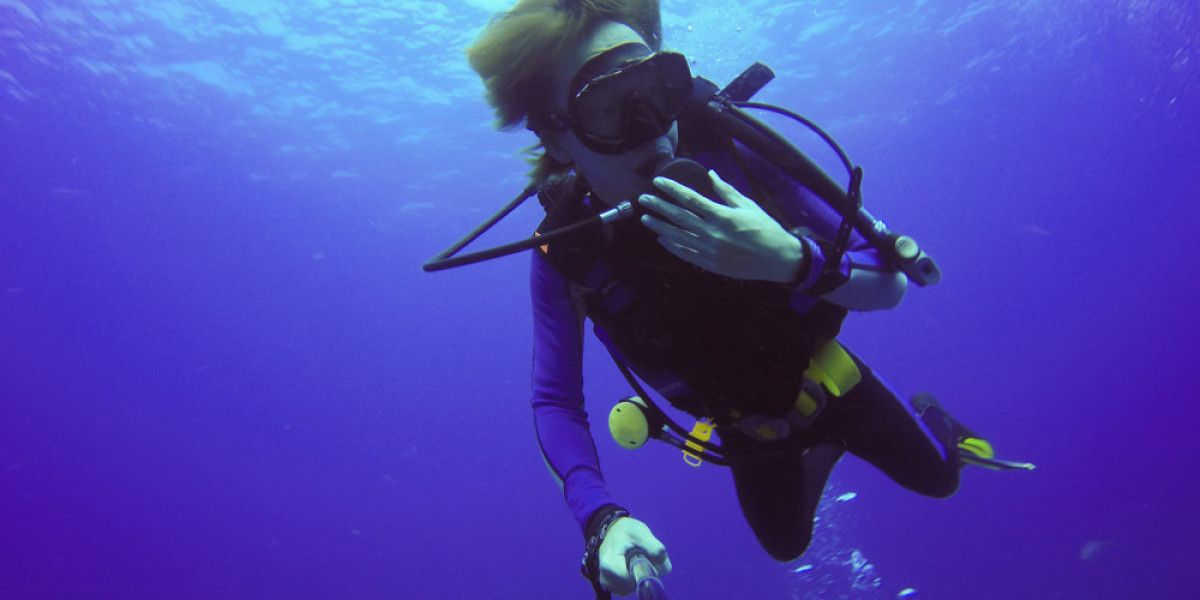Introduction:
Beneath the shimmering surface of our oceans lies a world largely unexplored, yet vital to various industries such as maritime, oil and gas, renewable energy, and infrastructure. Underwater inspection, a critical aspect of maintaining and managing submerged structures, plays a crucial role in ensuring safety, efficiency, and environmental sustainability. In this blog, we dive deep into the realm of underwater inspection, uncovering its significance, methods, and applications.
The Significance of Underwater Inspection:
Underwater inspection is indispensable for assessing the condition, integrity, and performance of submerged structures, including ships, offshore platforms, pipelines, bridges, and dams. By conducting regular inspections, stakeholders can identify potential issues such as corrosion, damage, and marine growth, allowing for timely maintenance and repairs to mitigate risks and prolong the lifespan of these assets. Moreover, underwater inspection plays a pivotal role in environmental monitoring, enabling the detection of pollution, habitat degradation, and other ecological concerns in marine ecosystems.
Methods and Technologies:
Underwater inspection employs a variety of methods and technologies tailored to the specific requirements of each application. Traditional techniques include diver-based inspections, where trained professionals equipped with specialized gear manually examine underwater structures. While effective, diver-based inspections are limited by factors such as depth, accessibility, and safety considerations.
In recent years, advancements in robotics, remote sensing, and imaging technologies have revolutionized underwater inspection practices. Remotely Operated Vehicles (ROVs) and Autonomous Underwater Vehicles (AUVs) equipped with cameras, sensors, and manipulators can access hard-to-reach areas, capturing high-definition imagery and data in real-time. These unmanned systems enhance safety, efficiency, and accuracy while reducing costs and environmental impact compared to traditional methods.
Applications Across Industries:
Underwater inspection finds application across diverse industries, each with its unique challenges and requirements. In the maritime sector, it is essential for assessing the hull condition of ships, detecting defects, and ensuring compliance with regulatory standards. Offshore oil and gas platforms rely on underwater inspections to monitor structural integrity, corrosion, and subsea equipment performance, safeguarding against potential leaks and spills.
Renewable energy projects, such as offshore wind farms and tidal energy installations, utilize underwater inspection to maintain subsea infrastructure, including turbines, cables, and foundations. Additionally, underwater inspection plays a crucial role in civil engineering projects, such as inspecting bridges, dams, and underwater tunnels for signs of deterioration or damage.
Challenges and Future Outlook:
Despite its many benefits, underwater inspection presents certain challenges, including limited visibility, harsh environmental conditions, and data interpretation complexities. Furthermore, the rapid pace of technological innovation necessitates ongoing training and skill development for personnel to keep pace with emerging tools and techniques.
Looking ahead, the future of underwater inspection is poised for further innovation and integration of advanced technologies, such as artificial intelligence, machine learning, and predictive analytics. These developments promise to enhance the efficiency, accuracy, and predictive capabilities of underwater inspection, enabling proactive maintenance strategies and optimizing asset management practices in various industries.
Conclusion:
In conclusion, underwater inspection is a vital component of managing submerged infrastructure, ensuring safety, reliability, and environmental sustainability. From offshore platforms to underwater pipelines, the ability to assess and monitor underwater structures is essential for mitigating risks, maximizing operational efficiency, and safeguarding marine ecosystems. As technology continues to evolve, underwater inspection will remain at the forefront of innovation, shaping the future of underwater exploration and asset management in the years to come.








